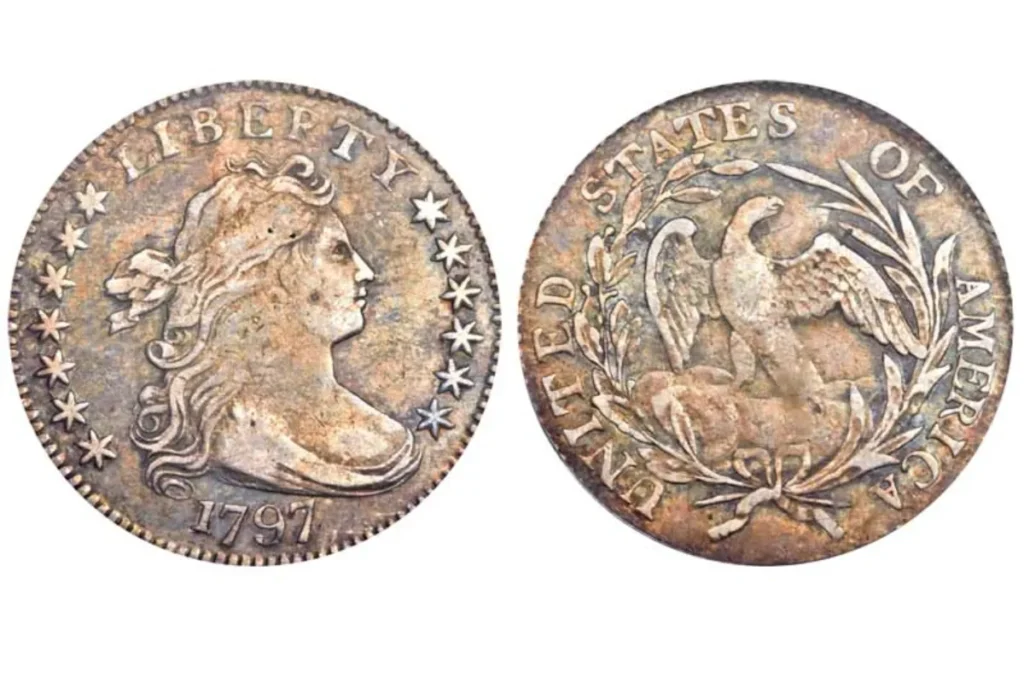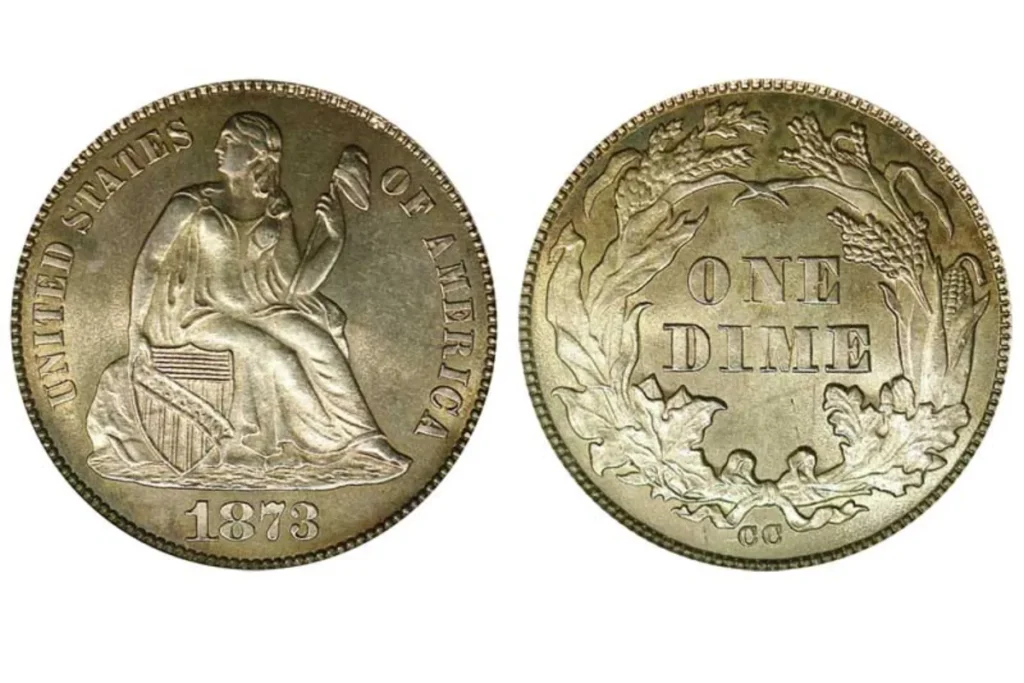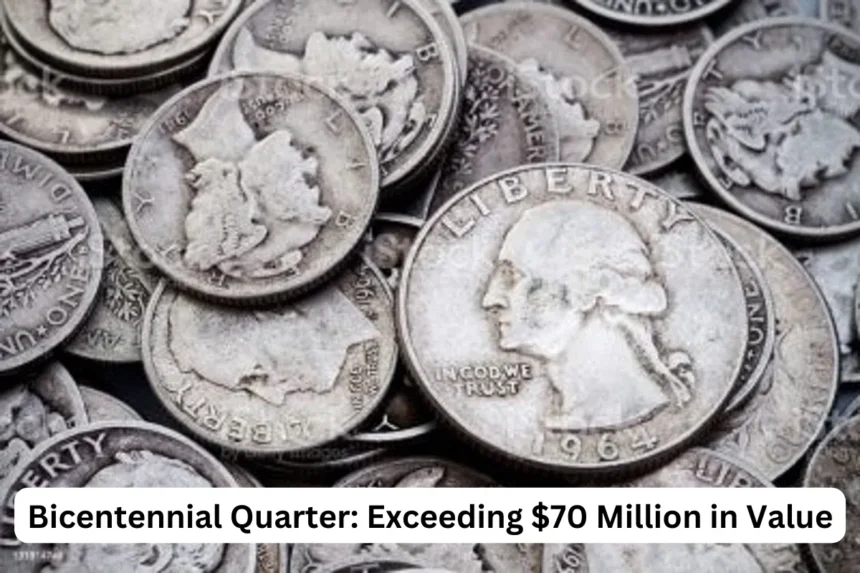The Bicentennial Quarter, an emblem of American numismatic heritage, has remarkably surpassed the $70 million mark in value, igniting both wonder and intrigue among collectors and historians alike.
Crafted in 1975 and 1976 to commemorate the 200th anniversary of American independence, this commemorative coin has evolved from a simple 25-cent piece to a multi-million-dollar collectible, weaving a captivating narrative of scarcity, historical significance, and collector fervor.
Below, we delve into the various facets contributing to its staggering appraisal.
Historical Importance and Artistry

The Bicentennial Quarter holds profound historical importance, a pivotal factor in its lofty valuation.
Conceived by Jack L. Ahr, its design showcases a colonial drummer on the reverse, emblematic of the American Revolution, alongside the dual date of 1776-1976.
This design not only pays homage to a critical juncture in American history but also encapsulates the ethos of liberty and autonomy.
Resonating deeply with collectors and historians, it remains a coveted artifact for those passionate about American heritage.
Rarity and Minting Anomalies

Rareness stands as a cornerstone in determining the worth of any collectible coin.
Certain Bicentennial Quarters were struck with anomalies or in restricted quantities, significantly elevating their value.
Error coins, such as those with double strikes or off-center strikes, hold particular allure.
Moreover, quarters minted in San Francisco as proof coins, particularly those crafted with a silver composition, are scarcer and consequently more prized.
The scarceness of these specific variations renders them treasures for collectors, propelling their market value.
Condition and Grading

The condition of a Bicentennial Quarter profoundly impacts its valuation.
Coins in impeccable, uncirculated state, or those appraised highly by esteemed coin grading services, can command astronomical prices.
Collectors readily pay a premium for quarters that retain their original brilliance, sharp features, and show no signs of wear.
The standardized and stringent grading process ensures that high-grade coins are genuinely exceptional in quality.
Collector Demand and Market Trends

The demand among collectors serves as a pivotal determinant in the appraisal of the Bicentennial Quarter.
As more enthusiasts seek to enrich their collections with this coin, competition escalates, thereby driving its price upwards.
Additionally, shifts in market trends within the numismatic sphere can exert influence on its valuation.
For instance, a surge in interest in American historical artifacts or a general uptick in coin collecting can result in heightened prices for the Bicentennial Quarter.
Provenance and Historical Associations

Certain Bicentennial Quarters boast unique provenance or connections to historical events or figures, exponentially enhancing their value.
A quarter that formed part of a significant historical collection, or one with documented ties to a pivotal moment in American history, commands immense esteem.
The narrative surrounding the coin often bestows an intangible value that transcends its physical attributes.
In Conclusion
The Bicentennial Quarter’s ascent to a valuation surpassing $70 million underscores its singular status in American history and the realm of numismatics.
Its amalgamation of historical significance, rarity, condition, collector demand, and distinctive provenance converges to create an appraisal as remarkable as it is justified.
For collectors and historians alike, the Bicentennial Quarter symbolizes not merely a currency but a testament to American heritage and a tangible link to the past.
Its extraordinary worth mirrors its extraordinary tale, rendering it a true jewel in the realm of collectible coins.

